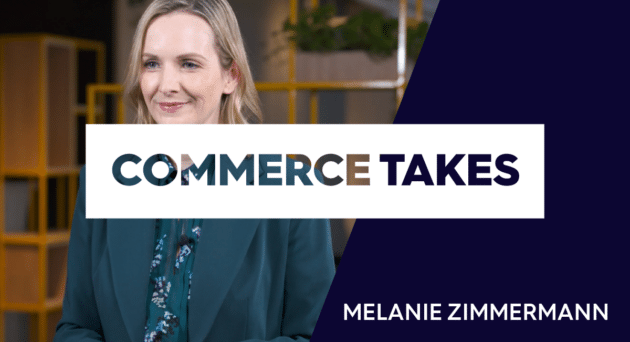As our online shopping habits have grown over the last two years, one significant trend has emerged: a growing appetite for experiences beyond the bounds of the largest online platforms and across the open web.
Meanwhile, regulatory changes from within the advertising sector have altered how brands are able to bring their products to the market. Subsequently, a marketer’s greatest challenge is how to find new audiences in a compliant, privacy-conscious manner.
With consumers now frequenting a growing number of retailers across the open internet, Chief Marketing Officers within these businesses are in a unique position to offer advertisers the commerce data they need to grow their addressable audience.
The growing importance of first-party data
To better understand how CMOs are responding , Criteo’s latest ‘Future of Commerce’ report surveyed 251 CMOs within consumer-facing retail businesses and found investments into first-party data strategy, partners, and matching technologies rose by 26% for 2022.
Almost half of respondents (45%) listed the revenue potential of monetising first-party data as a key driver behind growing investment in this area, with other major influences including changing advertising regulations and wider consumer data privacy concerns.
Embracing their new role as Chief ‘Monetisation’ Officers, 86% of UK CMOs anticipate the return on investment from advertising based on their first-party data will surpass previous advertising performance benchmarks set with big tech companies.
To this end, this year’s report finds more than nine in 10 CMOs feel commerce data i.e. the retailer’s transactional, shopping intent, and contextual signals, has increased in value. Many also say commerce data is now either the most or second most valuable type of data they hold for enabling sales growth.
Overcoming external challenges
Of course, first-party data is part of the mosaic of data marketers have at their disposal. It can complement, enhance, and reduce the need for other types of data, but one company’s data on its own rarely captures a full view of the whole purchase journey of several different audience groups.
Increasingly CMOs are looking beyond their borders to consider how data collaboration might enhance outcomes. To this end, 41% of CMOs identified publisher willingness to match identifiers that unlock the value of first-party data as a major hurdle to overcome.
The same proportion of respondents (41%) also flagged understanding among internal stakeholders as an inhibitor. The problem appears to stem from the fact 85% of CMOs feel their peers within the C-suite don’t fully understand the potential of first-party data. More than one in five feel opportunities are being missed.
With big ecommerce and regulatory changes on the horizon, CMOs need to be prepared. Understandably, no one single organisation has all the answers – and this is where partners with a global footprint and strong machine learning capabilities can help CMOs bridge the first-party data gap. A future that works better for everyone is one where businesses, big or small, can continue to be heard, seen, and discovered.
To learn about why CMOs are investing in first-party data to propel their marketing forward read our Future of Commerce report.





















